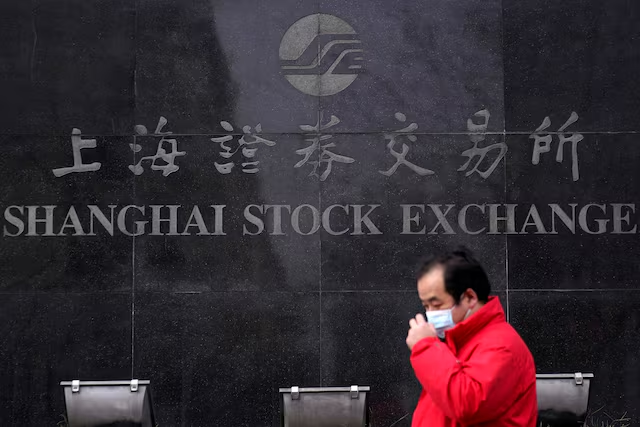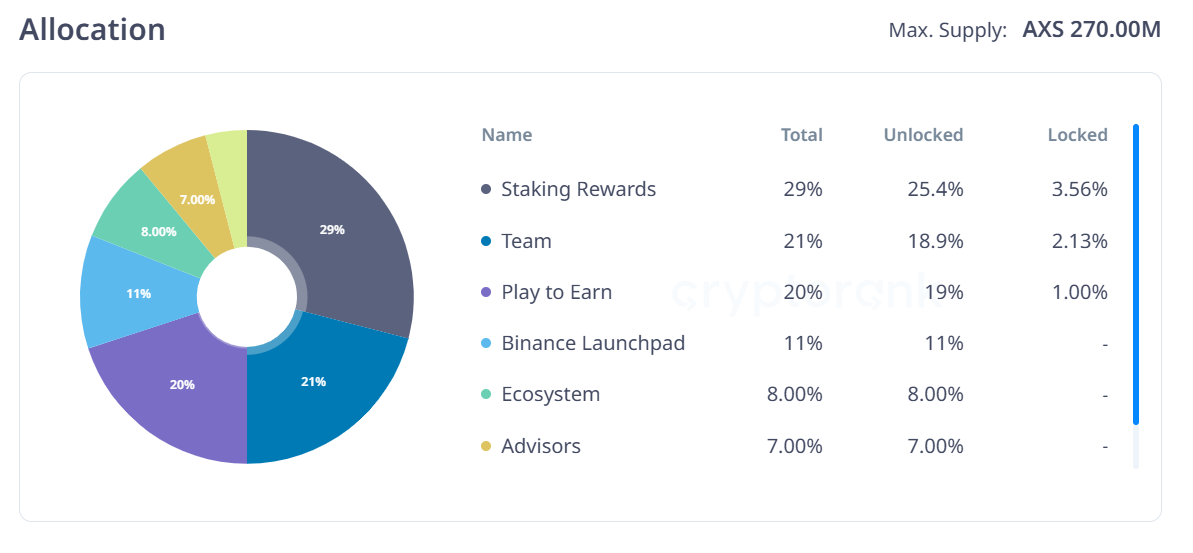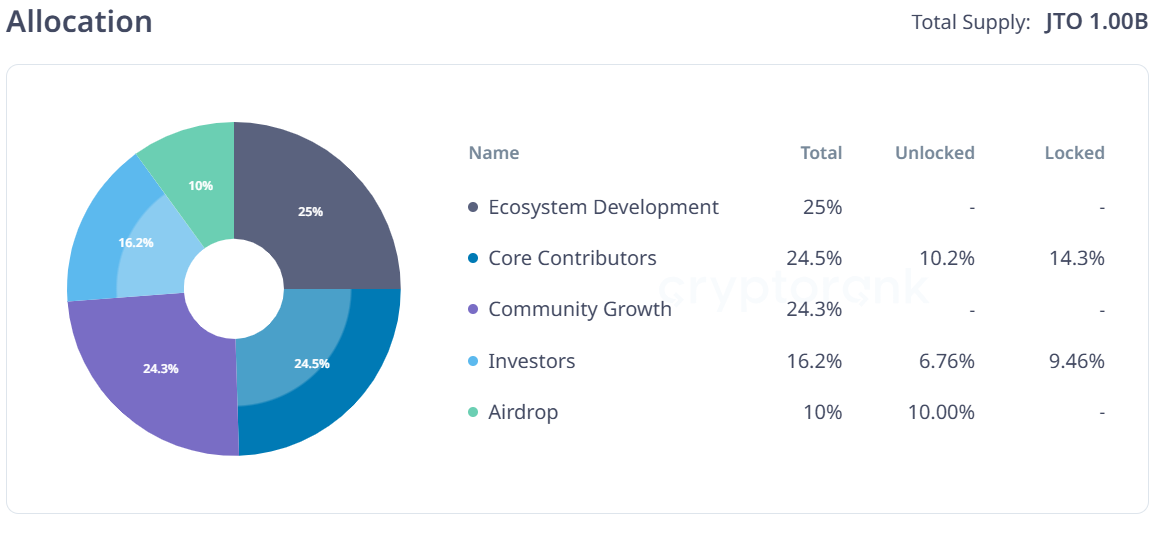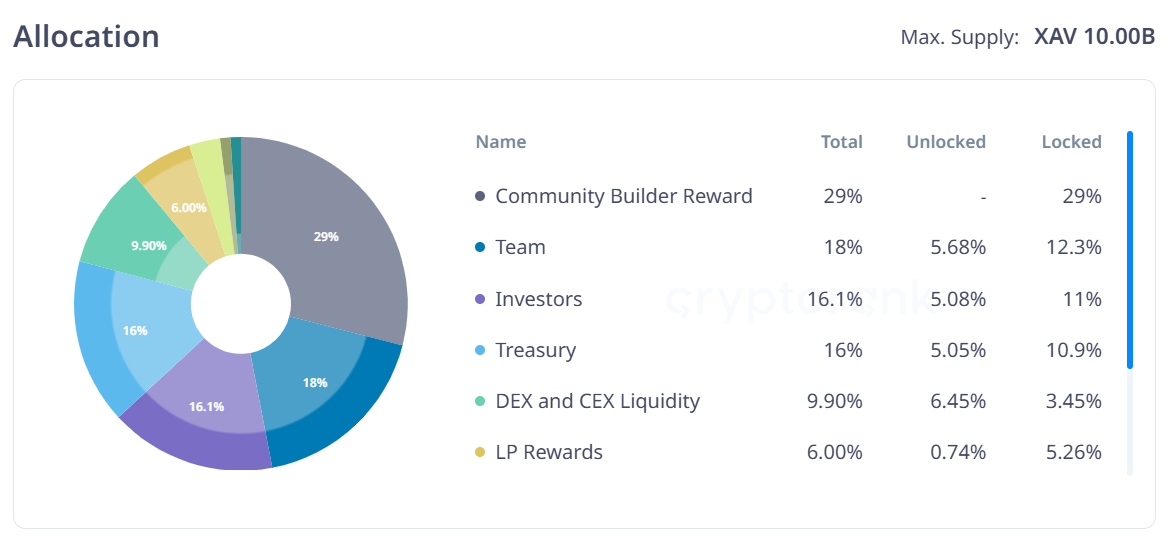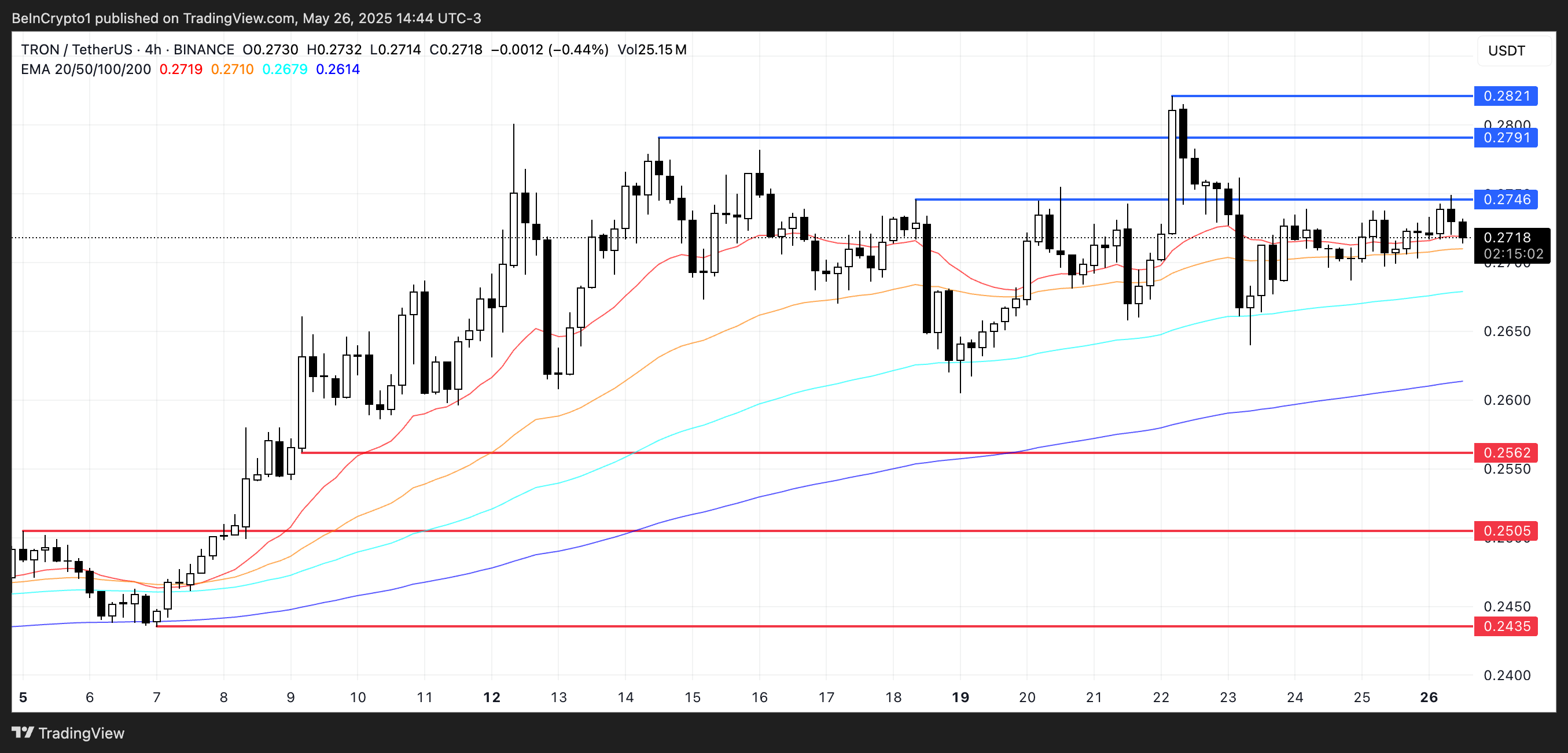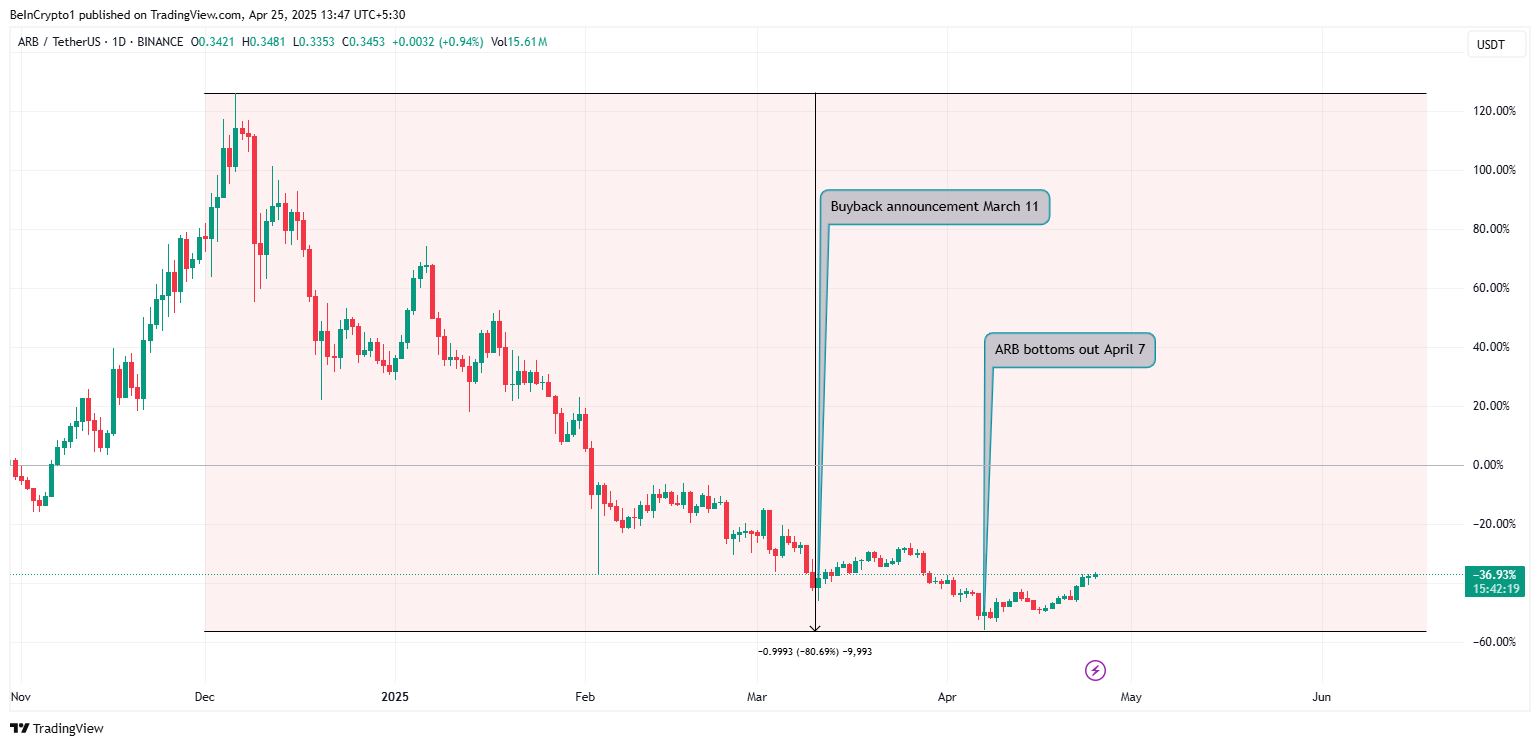During the recent week-long national holiday, brokers in Shanghai found themselves trapped in their offices, grappling with the aftershocks of September’s market crash. As retail investors rushed back into stocks following China’s announcement of its largest stimulus package to date, the Shanghai Stock Exchange struggled to cope, leading to an unexpected overload and shutdown.
A New Era Of Economic Strategy
This dramatic turn of events marks the beginning of a new chapter in China’s economic strategy. After three years of plummeting markets, President Xi Jinping and his policymakers are now pivoting toward revitalizing the world’s second-largest economy. The urgency of the situation became undeniable as China faced a severe real estate slump and mounting debts from local governments that have been hemorrhaging money for years.
Historically, China’s property market has been the bedrock of its economic growth, accounting for approximately 30% of the nation’s GDP. However, the landscape has shifted dramatically, with property prices failing to stabilize and local governments struggling to meet their financial obligations. The grim reality led to fears that Beijing would miss its GDP growth target of 5% for the year, with the latest figures revealing growth at a disappointing 4.6% for the third quarter—the lowest in a year and a half.
The Stimulus Surge
In response to this economic crisis, China’s central bank and financial regulators unleashed a torrent of stimulus measures. Interest rates were slashed, homeowners received vital support, and the stock market was granted an unprecedented level of assistance. Just two weeks later, the finance ministry rolled out additional fiscal stimulus plans aimed at bailing out local governments, recapitalizing banks, and purchasing millions of unsold apartments.
Although the exact scale of this fiscal package remains unclear, Beijing has declared it the largest in “recent years.” Xi has referred to this initiative as a “combination punch,” hoping it will effectively address the myriad economic challenges facing the nation. However, questions abound regarding whether these measures will have a significant impact. Economists remain skeptical, citing persistent issues such as soaring government debt, demographic decline, and escalating tensions with trade partners.
The Growing Crisis of Youth Unemployment
Adding to the complexity of the situation, youth unemployment soared to 18.8% in August, a dramatic increase from 13.2% just two months prior. This trend has shifted consumer behavior, with many prioritizing saving over spending. Furthermore, Chinese producers have been grappling with deflation for two consecutive years, which has put immense pressure on corporate profits, while exports unexpectedly fell in September.
The alarming economic indicators compelled Xi and his inner circle to take decisive action. Concerns about falling short of growth targets became pronounced after their third plenum—a closed-door policy meeting held every five years. While publicly maintaining a façade of confidence during a visit to Gansu province in September, Xi was acutely aware of the urgency to implement effective solutions.
A Delicate Balance of Reforms
Navigating these turbulent waters requires a delicate balance. Xi is wary of repeating past mistakes, specifically the reckless accumulation of debt in low-tech sectors as a means to spur growth. Instead, he is shifting focus toward “new productive forces,” such as green energy and advanced semiconductors.
Beijing is also exploring reforms like raising the retirement age and loosening the hukou system, which restricts migrant workers’ access to essential services. While these changes aim to address long-term challenges, they do not directly tackle the immediate need for stimulating consumer spending.
Also Read: Foreign Investors Pull $15B From Chinese Stocks As Q3 Rally Sparks Caution Amid 30% Surge
As Shanghai brokers emerge from a week of uncertainty and chaos, the future of China’s economy hangs in the balance. The recent crash, coupled with the government’s ambitious stimulus measures, may signal a pivotal moment for the nation. Whether these efforts will sufficiently revive the economy remains to be seen, but the stakes have never been higher for Xi’s leadership and the Chinese people. In a rapidly evolving economic landscape, all eyes will be on China as it attempts to forge a path toward stability and growth.

